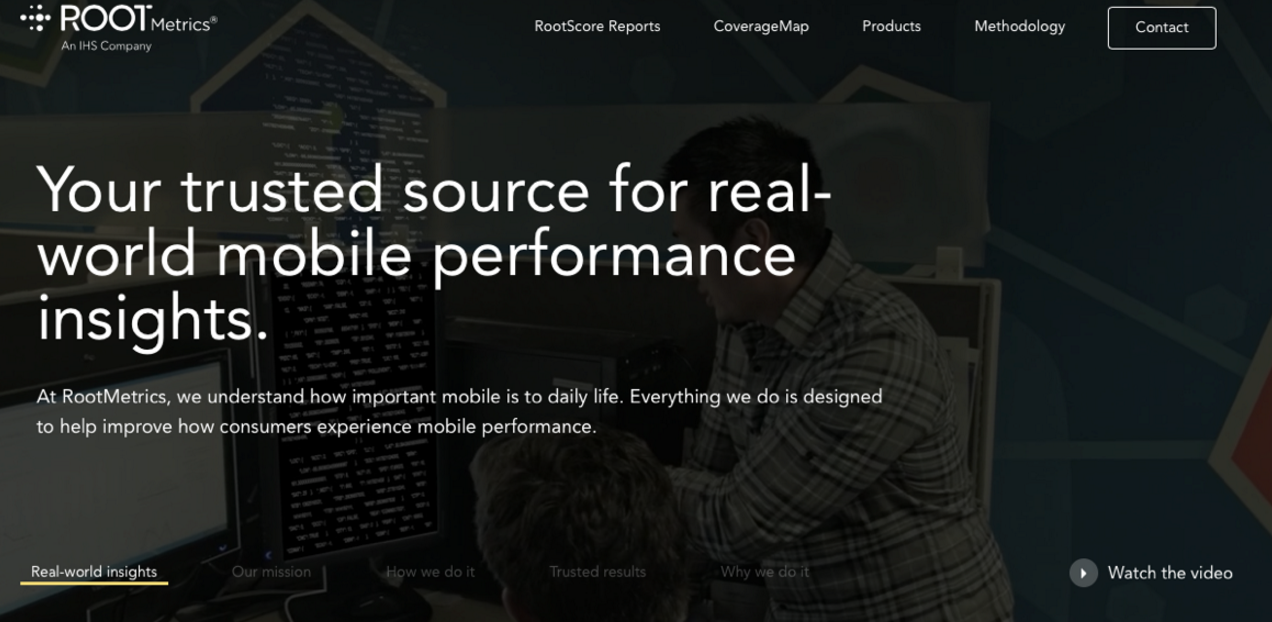Making decisions in today’s business world is increasingly complex, and clarity is a bit of a scarce commodity at times. No decision or strategy will ever be guaranteed, but one of the things you can do to minimize risk and find new streams of revenue is to use big data as a weapon in your arsenal.
According to Forbes, data may be the new oil.
Embedding data-analysis into the DNA of your business or organization can go a long way towards achieving your goals (e.g. more users, donations, or simply increased revenue).
Data and the insight it generates are no longer solely used by Fortune 500 types. Technology has democratized the access to tools and now allows any business and app developer to implement data-driven operations.
Chances are, there are some ways for you to use data.
Today’s leading companies have put the power of data into the hands of their staff at every level to maximize its impact. Companies like Amazon and PriceWaterhouseCoopers are at the front of the pack in this sense, but the phenomenon has bled over into many sectors, including professional sports. The New England Revolution, of Major League Soccer, utilize large quantities of data to make coaching decisions and increase the probability of winning matches.
We shouldn’t really need to sell you on the benefits emulating companies such as Amazon. What we will do is break down a couple data-centric business models and see what lessons can be extracted.
Regardless of whether you are a startup or a mature company, the opportunity represented by being data-driven is too big to ignore.
In this post, we will feature three categories of big data business models in terms of their value propositions and how they serve customers. These are data as a service, information as a service and answers as a service (DaaS, IaaS, and AaaS respectively).
Data as a Service (DaaS)
The first of these business models is centered on providing a way for customers to access their own insights and create their own path. That may sound wishy-washy, but the theory of DaaS is quite simple really.
It’s the idea that almost raw data can be provided on demand to customers who want to enhance their own positions (here is the value proposition).
Example: Web developers looking for a quality niche to build a consumer application often use DaaS providers. Put in crude terms this is simply opening the tap of an amassed dataset and offering it up (for a price) to different systems, user bases or applications.
At the end of the line, you want the data to be malleable and usable like clay so that customers can shape it into whatever they want. With a DaaS model, the key activities to be undertaken (to get your product to the market) are aggregating and cleaning the data and then simply selling it.
With enough information and a bit of creativity, new diversified revenue streams can be developed in a myriad of ways. As a relatively new business model, how you choose to price the data is solely up to you. Two approaches that are most commonly seen are by volume (by quantity, or subscription based for unlimited) and data-type-based (geographic, financial or historical all having different price points.)
It’s also worth noting that in many instances, data need not be directly monetized at all in order to have an appreciable economic impact. There are many internal uses that can help a company make informed decisions to positively affect the bottom line.
Information as a Service (IaaS)
IaaS is essentially taking data, processing it, analyzing it, and coming up with conclusions, insights or decisions (product) based on said analysis.
“Analytics” has become a buzzword mostly on the back of this business model. IaaS customers are generally willing to pay for the product (data, or insight) because they don’t have the resources to collect it and analyze it internally. Instead, they are willing to exchange money for analysis from a trusted source.
Before we go further with IaaS, it makes sense to go back and look at where this data comes from before you use it. Again, we have three basic categories here:
- First-party data: coming directly from customers in the form of transactions or demographic info, etc.
- Second-party data: collected in collaboration between parties, e.g. Google Adwords — where ownership is not always clear.
- Third-party data: collected by someone else, e.g. JD Powers & Associates consumer reviews.
Example: RootMetrics is a Data Analytics company that provides third-party reviews of cellular network performance nationwide. This is a prime example of the IaaS business model for the following reasons: data is being collected from various sources (in this case field technicians and crowd collected via a free app), chopped into a usable form (consumer rankings), and sold to customers (carriers such as T-Mobile anxious for marketing ammunition).
Implementation: The critical point when it comes to this approach is data analysis/visualization and developing brand recognition. Next time you see a “we have the best nationwide network” advertisement, you’ll know the IaaS model is hard at work.
Answers as a Service (AaaS)
AaaS is focused on providing specific answers to questions or needs. The targeted customers of this business model are in need of specific information to make a decision or take an action. In many cases, this is to buy something and given this proximity to selling its little wonder this is at the top of the big data totem pole of business models.
Dr. Vivienne Ming of Gild summarizes well:
People want answers; they don’t want more data.
The central point of creating a successful AaaS model is building trust with customers and providing real value in terms of answers or information provided. These questions don’t always have to be consciously asked. This is all easier said than done of course — but if it can be achieved the reward is quite high.
Example: Credit Sesame gives consumers, among other things, free credit scores. To get this information, the customers fill out a bit of personal information and answer detailed financial questions — the result is a free credit score every month. The consumer gives their financial information, which Credit Sesame processes, analyzes, and visualizes to predict (or answer) the customer’s need for a better credit card or home loan.
Some people may be uncomfortable with the idea of a company playing around with their financial information, but if the true value for the customer comes out the other side, you can be sure the company will be on solid ground.
Implementation: The key benefit of this model is providing data-based answers or suggestions to consumer pain points seamlessly.
Are You Ready for Data-Driven Revenue?
Data has changed the game, and the learning curve can be steep despite a large number of companies already benefiting from a big data approach.
If you run or work for a company that you believe has a big data opportunity currently not being utilized, the best thing you can do is hire a quality team of developers to build a program to sort things out. For the layperson, the world of big data can be abstract and intimidating. This is why it’s important to get someone on board with fluency in this domain and who can build a tool (or approach) that can help you benefit from your data.
Koombea loves data and can turn it into useful apps, brilliant interfaces, and better revenues. Get in touch to see if we are the right fit for your project.


